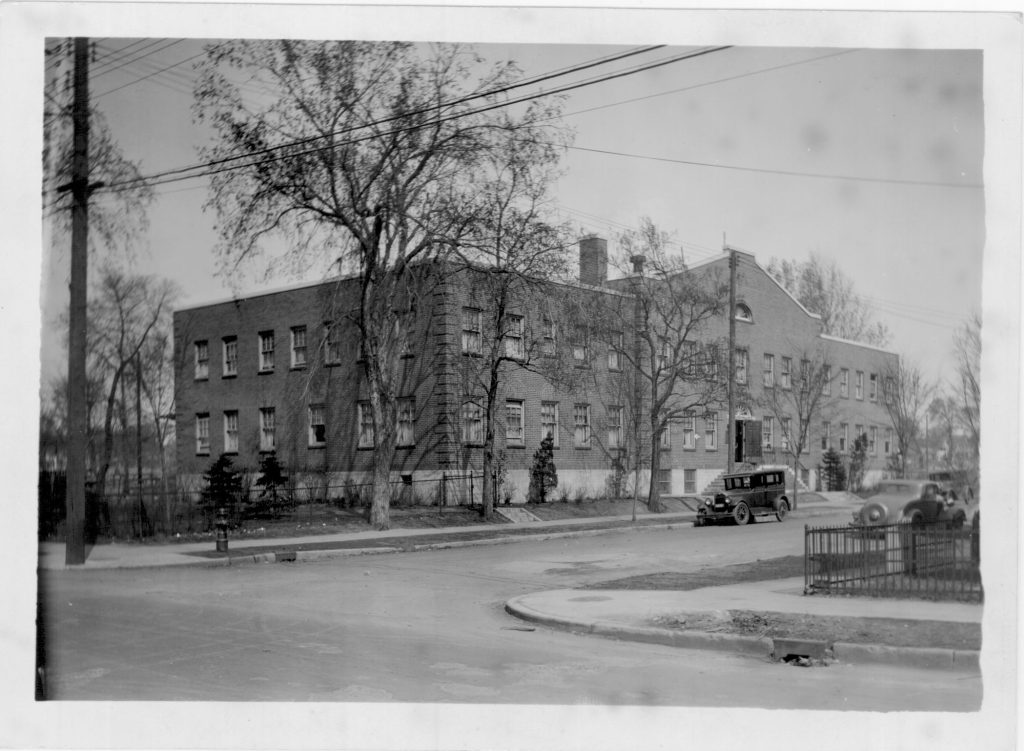A guide to traveling “without embarassment”

More than a decade before Martin Luther King, Jr. delivered his legendary “I Have a Dream” speech, an African-American publisher named Victor H. Green articulated a modest vision for racial justice. “There will be a day sometime in the near future when this guide will not have to be published. That is when we as a race will have equal opportunities and privileges in the United States” he wrote, in the 1949 introduction to his Negro Motorist Green Book, which was a comprehensive listing of establishments friendly to African Americans. Updated annually between 1936 and 1964, when the Civil Rights Act banned racial discrimination in public accommodation, this slim volume was an essential resource for any person of color who wanted to travel “without embarrassment,” in the words of Green.
Green found opportunity in discrimination, providing an annual update of businesses in each state that were known to welcome African American patrons. But he bemoaned the necessity of this service. “It will be a great day for us to suspend this publication for then we can go wherever we please,” he concluded.
Hotels and restaurants in Minneapolis were prohibited from discriminating against African Americans. But laws did little to alter practices. “There were great restrictions placed on blacks in eating establishments, in hotel establishments,” labor organizer and business owner Anthony B. Cassius remembered in an oral history done in 1982. “Up until the late forties a Negro couldn’t stay in a downtown Minneapolis hotel. [There] was a gentlemen’s agreement.”
The 1949 Green Book corroborates Cassius’ memory. It advises African-American travelers to Minnesota to seek lodging in two places. First, the Serville Hotel, located at 246 4th Avenue in downtown Minneapolis, around the corner from the Milwaukee Road depot. On the edge of the Gateway District, the Serville appears to be an establishment with few pretensions and even fewer amenities. Photos from 1942 reveal it to be the kind of place that would welcome anyone–no questions asked–who provided cash upfront for his or her bill.
A more appealing option was the Phyllis Wheatley House at 809 N. Aldrich Avenue. Though it was not a hotel, this north Minneapolis settlement house provided a safe haven for traveling African Americans from the time it opened its doors in 1924. The settlement house moved into a new building in 1929 that included 18 bedrooms for travelers. In the years that followed it played host to the African American cultural and intellectual elite. Guests included labor organizer Philip Randolph, writer and historian W.E.B. Dubois, singer Marian Anderson, author Langston Hughes, folk singer and activist Paul Robeson and jazz artist Ethel Waters.
This 1936 photo of the Phyllis Wheatley Settlement House is from the Minneapolis collection at the Hennepin County Central Library.
[…] in this musical history is the Phyllis Wheatley House. Segregated downtown hotels sent American legends like Paul Robeson and Marian Anderson to the North … That legacy stayed with many North Siders, infusing the creative milieu that Prince’s father, and […]